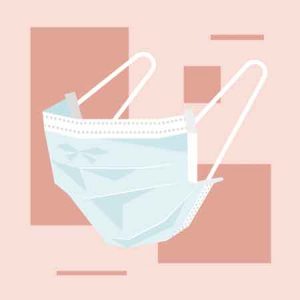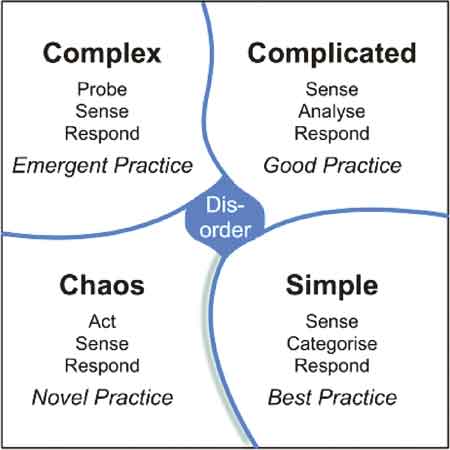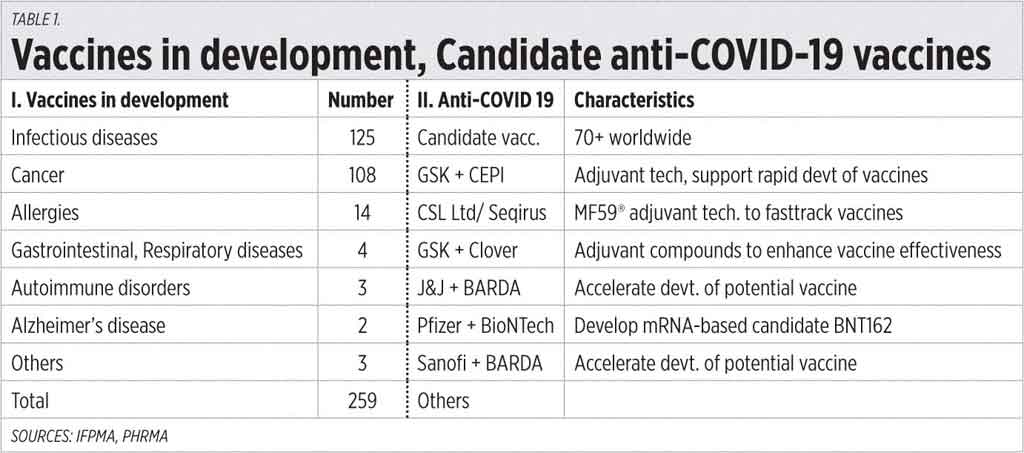Temporary normal

I choose to make a distinction between what we now commonly refer to as the “new normal” as opposed to the way things were pre-COVID-19. In my opinion, what is now emerging from this pandemic — and the lockdown — is actually a “temporary normal” that may last for about two to three years, or until mass vaccination is available to protect people against the coronavirus.
And it is only after mass vaccination can we expect some form of “new normal” to persist. But this is not to say that we will not see a “return to normal” in some form or other. Simply put, all measures implemented now including wearing a mask in public and physical distancing, keeping seniors and children at home, are not something that will be required forever. These are temporary measures.
It is with some confusion, therefore, that I view the initiative at the House of Representatives to pass a national law that will set or impose quarantine rules for people going out of their homes for three years. Fact of the matter is, many people are so scared to get sick that they already choose not to go out unless absolutely necessary, without or without quarantine.
I view House Bill 6623, or the proposed New Normal for the Workplace and Public Spaces Act of 2020, unnecessary. The need for a mask and physical distancing are matters of commonsense, at this point. And I doubt very much if people will actually go back to pre-COVID-19 ways as soon as the quarantine order is lifted. Many people will still choose to be cautious.
In this line, do we really need a national law to make mandatory all over the country the wearing of masks in public spaces and workplaces for the next three years? Do we really need a national law to require the installation of hand washing or sanitizing stations in “high-touch” areas? Do we really need a national law to require temperature checks and physical distancing of at least one meter? Do we really need a national law to impose fines and penalties for violations?
Quarantine measures, by their very nature and cause, are always temporary. Through House Bill 6623, are we not trying to make the quarantine semi-permanent by stretching it beyond 60 days to three years? Do we really need a law that will highly regulate and manage the movement of people in public spaces such as markets and parks and the issuance of “new normal” permits by the local government units during this three-year period?
The proposed law even attempts to let the government regulate and manage privately organized gatherings in privately managed spaces, which can be dispersed by the LGU “after determination by authorities that the said gathering is not observing the Universal and Mandatory Safety Measures.” I hope the legal experts can weigh in on all these proposals, which seem unconstitutional to me.
Even assuming that HB 6623 is time-bound, and will last only three years, is it absolutely necessary to put all these measures in a national law? Moreover, with respect to regulating people’s movements in private spaces, can we actually impose a measure that will last that long? Also, who and how are “Universal and Mandatory Safety Measures” for this period going to be set?
Moreover, the proposed law will be effective for three years from the date of its enactment, or sooner upon official declaration of the end of the crisis by the President, on the recommendation of the Inter-Agency Task Force on Emerging and Infectious Diseases. For the sake of argument, what if the crisis ends in six months? Then the law’s effectivity will end as well? Then, what happens to all the preparations required by the law for business reopening, which will probably take at least a year to comply with?
Even businesses will be required by the proposed law to submit a “New Normal Workforce and Workplace Management Plan” to LGUs. This alone will take at least a year to implement, and further delay business reopening. And I doubt very much if there is enough expertise out there both in the private and public sectors to sign off and verify compliance of all commercial and business establishments “prior to the resumption of their operations.”
A news report in this paper also indicates that malls and other commercial establishments will be required to limit the number of people inside their premises and implement contact-less sales and customer service. How long will it take for businesses to implement such measures? Can they afford such measures now, after being closed for 60 days?
We need businesses to restart soon. It is bad enough that quarantine, to a large extent, deprives many people including seniors their freedom of movement. Many seniors are actually still employed, or are running businesses. And yet, they have been deprived of certain liberties primarily due to their age. Many seniors fend for themselves and do not have other people to care for them. But now, they cannot provide for themselves. The same goes for millions of wage earners.
The House Bill also has impractical provisions. It aims to keep suspended the operation of all motorcycle taxis; passengers in all types of public transportation will be required to wash or sanitize their hands before boarding the vehicle; and, passengers must pay only through “contactless” methods. Can we actually implement these measures? I can live with passengers being seated one seat apart and wearing a face mask at all times. But I don’t know if it is feasible to require hand-washing and contactless payments.
The also bill provides for “green lanes” on the road network for health care, emergency, law enforcement, and supply-chain vehicles. So, does this mean apportioning or blocking off a lane in every road or highway for such “green lanes” in the next three years? Is this not arbitrary? Will this apply even during non-emergency situations?
The bill also proposes the suspension of classes and other school activities until further notice, and that schools will be required to establish online learning platforms. The reality now is that many schools, particularly the smaller ones in the provinces, are already closing down because of dwindling enrollment. It is unlikely for many schools even in Metro Manila to afford online learning platforms for three years.
The bill’s provisions I support include requiring the Philippine Statistics Authority (PSA) to fast-track the implementation of the Philippine Identification System Act; requiring the Department of Information and Communications Technology (DICT) to expedite and fully implement a national broadband program; and, requiring all government agencies to develop and implement a system for facilitating government transactions through online platforms.
The other provisions, in my opinion, require more research and vetting. The proposed measures must be backed by empirical and scientific data, with respect to need, effectiveness, and duration. The national law should not be simply an attempt to provide a legal basis for prolonging quarantine measures, which may or may not have been effective in the fight against COVID-19.
Marvin Tort is a former managing editor of BusinessWorld, and a former chairman of the Philippines Press Council.






